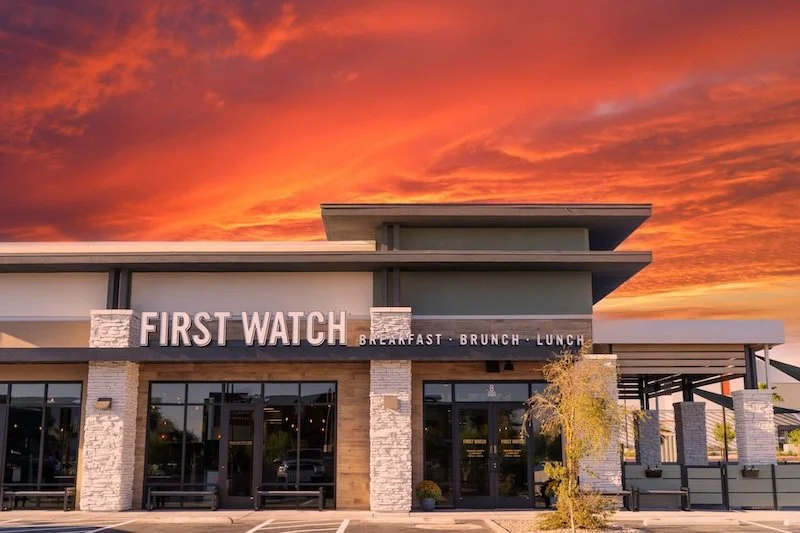Meeting customer expectations with smarter fulfilment strategies
Meeting customer expectations is essential for building trust and fostering lasting relationships. In an increasingly competitive market, customers prioritise businesses that can provide smooth and reliable fulfilment experiences.
A strong fulfilment strategy ensures operational efficiency and strengthens your reputation as a dependable brand. Businesses that excel in this area can consistently turn one-time buyers into loyal advocates.
Read on to explore how you can optimise your fulfilment processes and keep your customers coming back.
Optimising your order fulfilment processes
Streamlining ecommerce order fulfilment ensures that products are delivered quickly, accurately, and with minimal disruptions. These processes are the backbone of operational efficiency, directly impacting customer satisfaction. An effective order fulfillment strategy allows businesses to deliver the right products with precision, boosting trust and loyalty.
To make your order fulfilment system more efficient, the following are actionable strategies:
Efficient inventory management
Regularly monitor stock levels to avoid overselling or stockouts. Use forecasting tools to predict demand spikes and plan inventory accordingly. Staying ahead of inventory needs reduces delays and ensures smooth order fulfillment.
Automated order processing systems
Implement systems that automate tasks like order confirmation and picking schedules. Automation eliminates repetitive tasks, reducing human errors and processing times, which are critical for maintaining order cycle efficiency.
Comprehensive quality control checks
Inspect items before shipping to verify accuracy and condition. Quality control reduces errors and the likelihood of returns, ensuring customers receive exactly what they ordered.
Effective packing orders
Use durable materials to secure products during shipping. Ensure packages are labeled accurately, and fragile items are well-protected to reduce transit damages and maintain customer trust.
Enhancing these processes improves fulfillment efficiency, reduces errors, and shortens delivery times. For businesses looking to refine their operations further, working with third-party logistics providers that offer 3PL solutions can streamline tasks like inventory handling, packing, and shipping. These providers bring expertise and scalable resources, allowing businesses to focus on growth and customer satisfaction.
Speeding up fulfilment for happier customers
Fast and accurate order fulfillment plays a critical role in keeping customers satisfied and building loyalty. Delayed deliveries can lead to customer frustration and lost business.
To improve fulfillment speed while maintaining quality, consider the following strategies:
Last mile delivery solutions
Collaborate with reliable delivery partners for efficient last mile logistics. This ensures orders reach customers promptly and without unnecessary delays, especially in areas prone to traffic congestion or logistical challenges. Effective logistics management at this stage ensures that the final delivery is smooth, reliable, and timely.
Tracking on-time delivery metrics
Regularly monitor metrics such as average delivery time and fulfilment success rates. Analysing this data allows you to pinpoint bottlenecks in the process, such as delays in order handoffs or inefficiencies with specific carriers, enabling targeted improvements.
Offering same-day delivery options
Provide expedited shipping choices for customers who need their orders urgently. This option enhances customer satisfaction and can be especially valuable during holiday seasons or for time-sensitive purchases.
Optimising fulfilment speed helps you stay competitive and meet customer expectations consistently. Investing in strategies like these accelerates delivery times and fosters customer trust and loyalty.
Enhancing reverse logistics and returns
An efficient returns process is essential for customer satisfaction and operational efficiency. Customers value hassle-free returns, and well-managed reverse logistics can help maintain trust while reducing costs.
To achieve this, consider the following key strategies:
Streamlined return processes
Offer clear, simple return instructions along with prepaid shipping labels. This makes it convenient for customers to return products and demonstrates your commitment to their satisfaction. Simplified processes also reduce the likelihood of delays or confusion in handling returns.
Thorough inspection of returned items
Assess returned products promptly to determine their condition and eligibility for restocking or resale. Quick and accurate inspections prevent inventory discrepancies, helping you keep track of available stock more effectively.
Real-time return tracking
Provide customers with tracking details for their returns. Knowing the status of their refunds or replacements gives them peace of mind and minimizes inquiries, saving your team valuable time.
Cost-effective return management
Optimise your return workflows to reduce unnecessary expenses. For instance, using automated systems to process returns can lower administrative costs while maintaining accuracy and speed.
A robust reverse logistics system transforms returns from a potential challenge into an opportunity to improve customer loyalty and operational efficiency.
Leveraging technology and data analytics
Technology and data are essential for creating a seamless and efficient order fulfillment process. From managing inventory to analysing customer behavior, using the right tools enhances accuracy and speeds up operations.
Below are the most impactful ways to integrate technology and data into your fulfillment strategy:
Integrated order fulfillment software
Choose software that connects order management, inventory, and shipping systems. This integration ensures all departments stay aligned, reducing errors and delays. Automated notifications and real-time updates also help improve coordination across teams.
Demand forecasting tools
Use data analytics to predict future inventory needs based on past trends and seasonal demand. Accurate forecasting prevents overstocking and stockouts, helping you maintain a balanced inventory and reduce waste.
Smart inventory monitoring
Implement systems that track stock levels automatically, providing updates when certain thresholds are reached. These tools enable you to reorder products before they run out and maintain consistent availability for customers.
Incorporating technology and data analytics helps you create a more efficient, reliable, and customer focused fulfilment process.
Final thoughts
Order fulfilment is more than a process - it’s a promise to your customers. Every step, from order placement to delivery, shapes their experience with your brand. A refined fulfillment strategy boosts trust, efficiency, and loyalty. Keep adapting and innovating to exceed expectations. With the right approach, you can turn fulfilment into a key advantage.






























Continue reading…